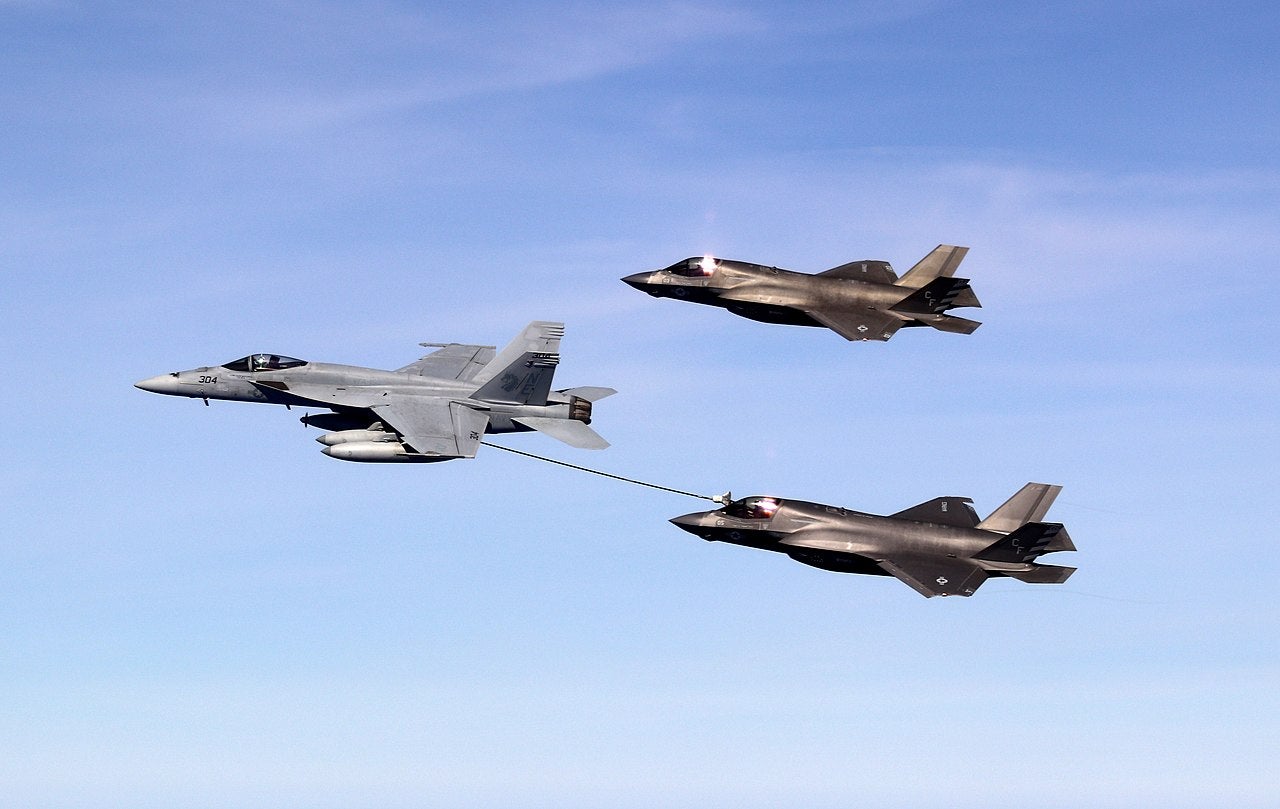
A US Marine Corps (USMC) F-35B Lightning II joint strike fighter aircraft has carried out the first drop test of StormBreaker smart weapon.
The drop test was conducted by Raytheon Missiles & Defense and the US Navy.

Discover B2B Marketing That Performs
Combine business intelligence and editorial excellence to reach engaged professionals across 36 leading media platforms.
During the test, an F-35B pilot used the network-enabled weapon as a guided munition.
StormBreaker system’s networking capabilities as well as communication link between the weapon and a secondary aircraft, F/A-18F Super Hornet, were evaluated during the test.
After the F-35B released the StormBreaker smart weapon, the Super Hornet monitored the fly-out of the weapon via a common network.
According to Raytheon, the Super Hornet continued monitoring the weapon until successful impact.

US Tariffs are shifting - will you react or anticipate?
Don’t let policy changes catch you off guard. Stay proactive with real-time data and expert analysis.
By GlobalDataRaytheon Missiles & Defense StormBreaker programme director Alison Howlett said: “The weapon’s operational flexibility increases the F-35’s capability and capacity, and it helps limit the time our warfighters spend in harm’s way.”
The StormBreaker smart weapon features a tri-mode seeker to view through fog, smoke, and rain. It can use its semi-active laser or Global Positioning System (GPS) guidance to hit targets.
The weapon system is engineered to engage a wide range of threats in any kind of operational environment.
Howlett added: “It’s inherent with this weapon and absolutely critical going into a more connected, Joint All Domain Command and Control (JADC2), battlespace environment.
“It allows us to find and address potential issues before real-life testing, which drives down schedule and cost.”
Raytheon, along with the US Navy and the US Air Force (USAF) has started the weapon integration activities on the F-35 and F/A-18E/F.



